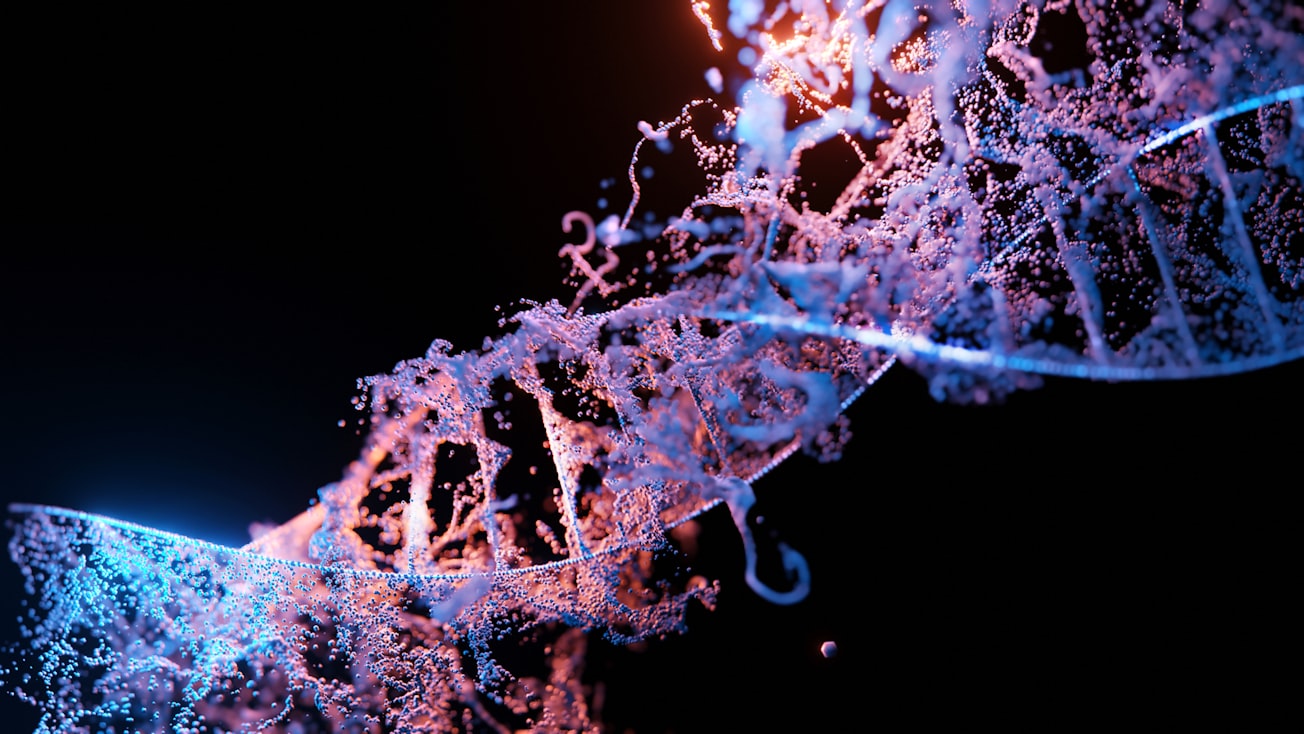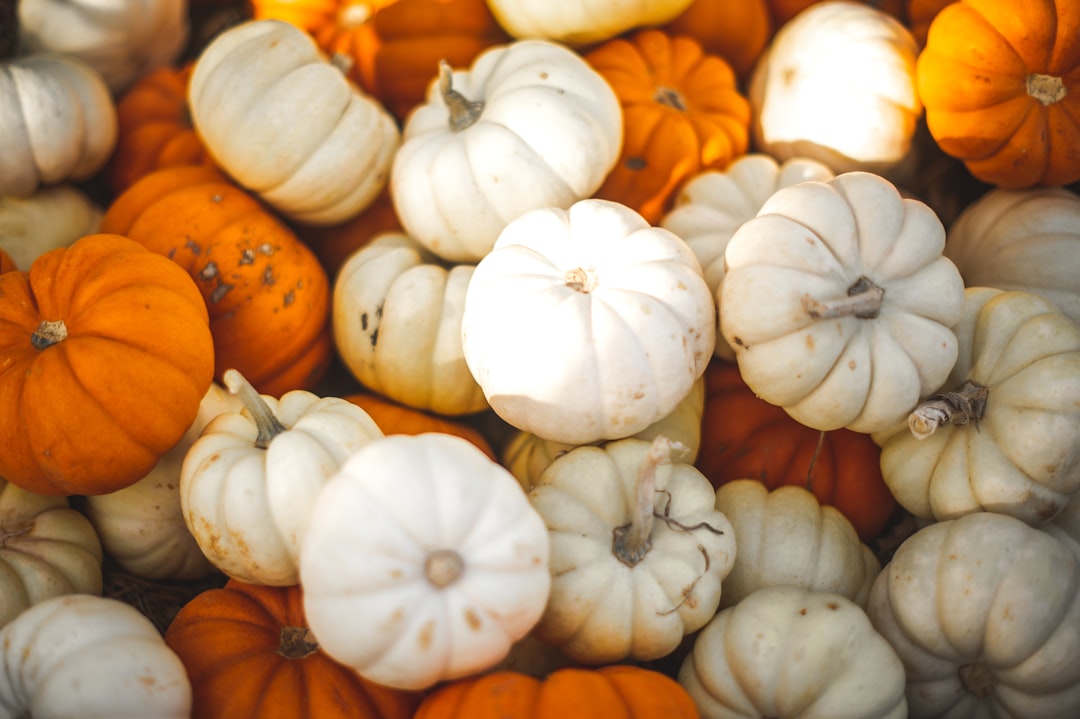What is it about?
The pairing of homologous chromosomes is a key step in the production of sex cells during meiosis, but the underlying mechanisms remain unclear. The authors characterized a mechanism for chromosome homology recognition by exploring the genetics of a process called meiotic silencing by unpaired DNA in the fungus Neurospora crassa. During this process, double-stranded DNAs (ds-DNAs) are recognized as pairable based on specific patterns of interspersed homology. The authors’ biophysical model of direct pairing between ds-DNA molecules suggests that the process is efficient and may be involved in other phenomena featuring interactions between intact, homologous DNA molecules. The results identify a novel mechanism for homology recognition during meiosis—an essential process for ensuring fertility and preventing birth defects.
Featured Image

Photo by Sangharsh Lohakare on Unsplash
Why is it important?
Homologous chromosomes (or selected chromosomal regions) can engage in sequence-specific pairing as intact entities. The mechanism behind this process remains mysterious, in part because prevailing evidence suggests that DNA molecules must be broken before being evaluated for homology. In this work, we study a phenomenon that detects dissimilar DNA fragments present at the allelic positions on a pair of homologous chromosomes during meiosis. We find that the recognition of such fragments is incompatible with canonical homology-sensing mechanisms that operate on broken DNAs. Instead, it is consistent with the direct pairing of homologous DNA duplexes through a series of short, interspersed quadruplexes. This pairing process may represent a general property of DNA and underlie a large repertoire of homology-dependent phenomena
Read the Original
This page is a summary of: Recombination-independent recognition of DNA homology for meiotic silencing in
Neurospora crassa, Proceedings of the National Academy of Sciences, August 2021, Proceedings of the National Academy of Sciences,
DOI: 10.1073/pnas.2108664118.
You can read the full text:
Resources
Contributors
The following have contributed to this page










